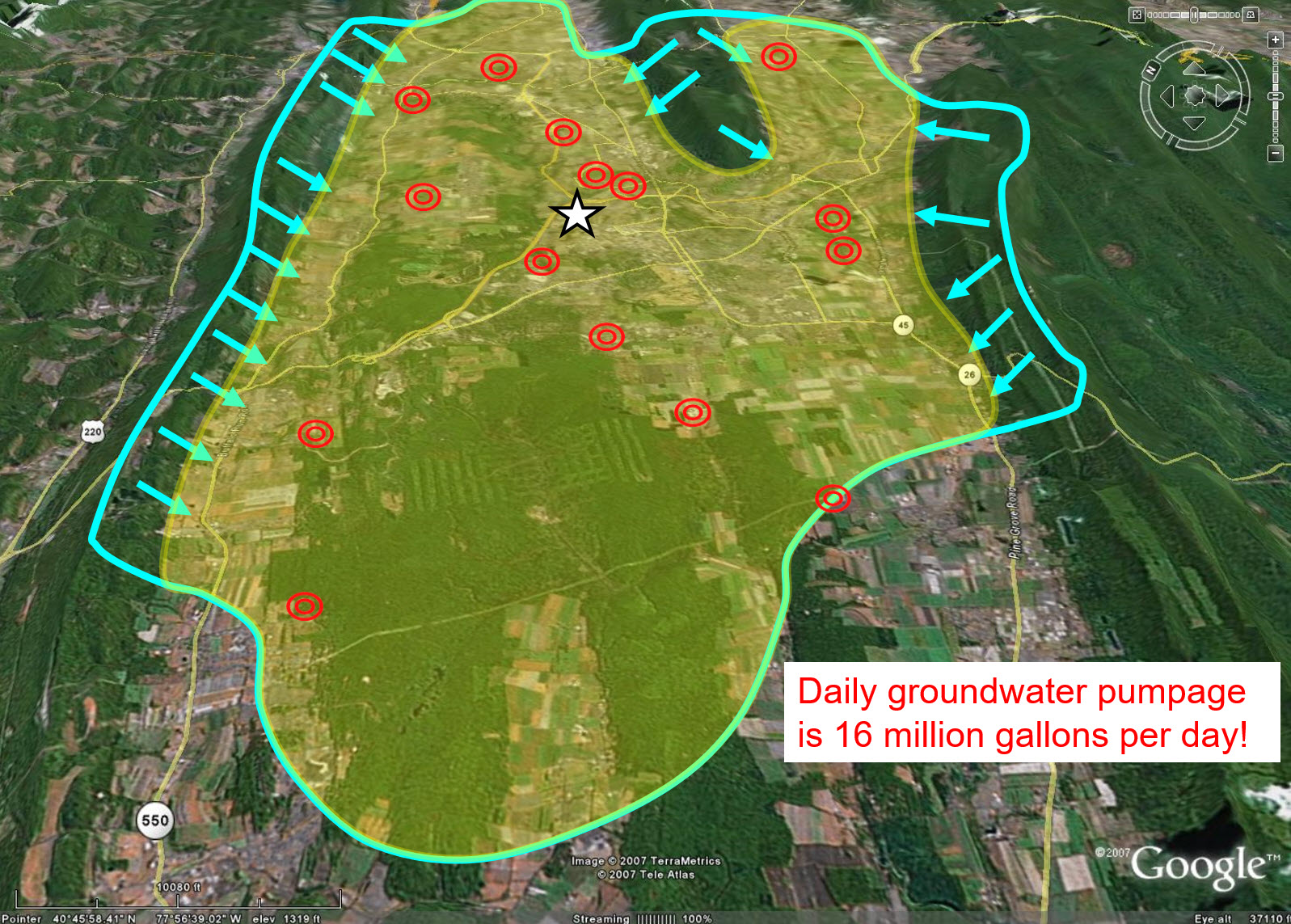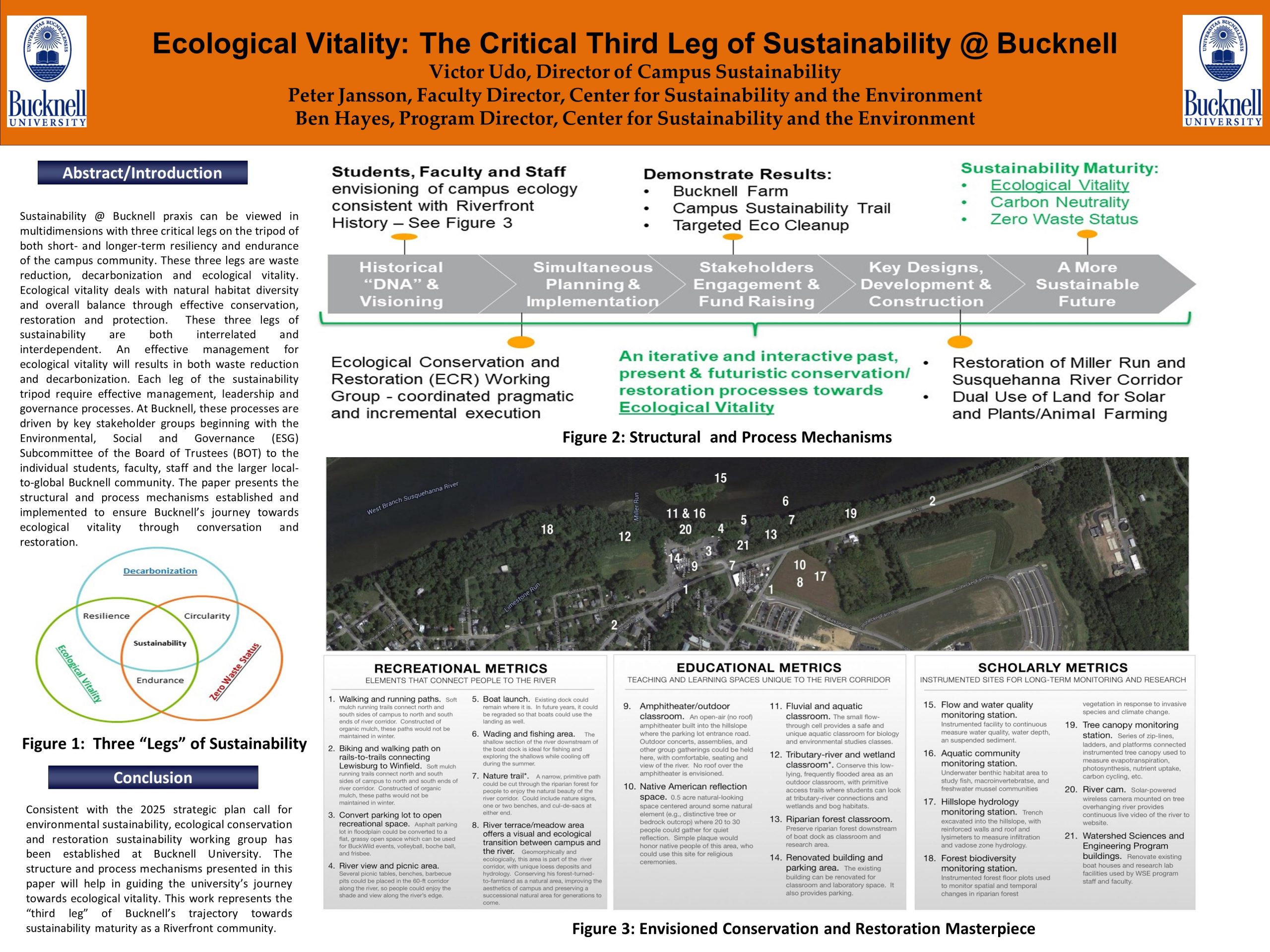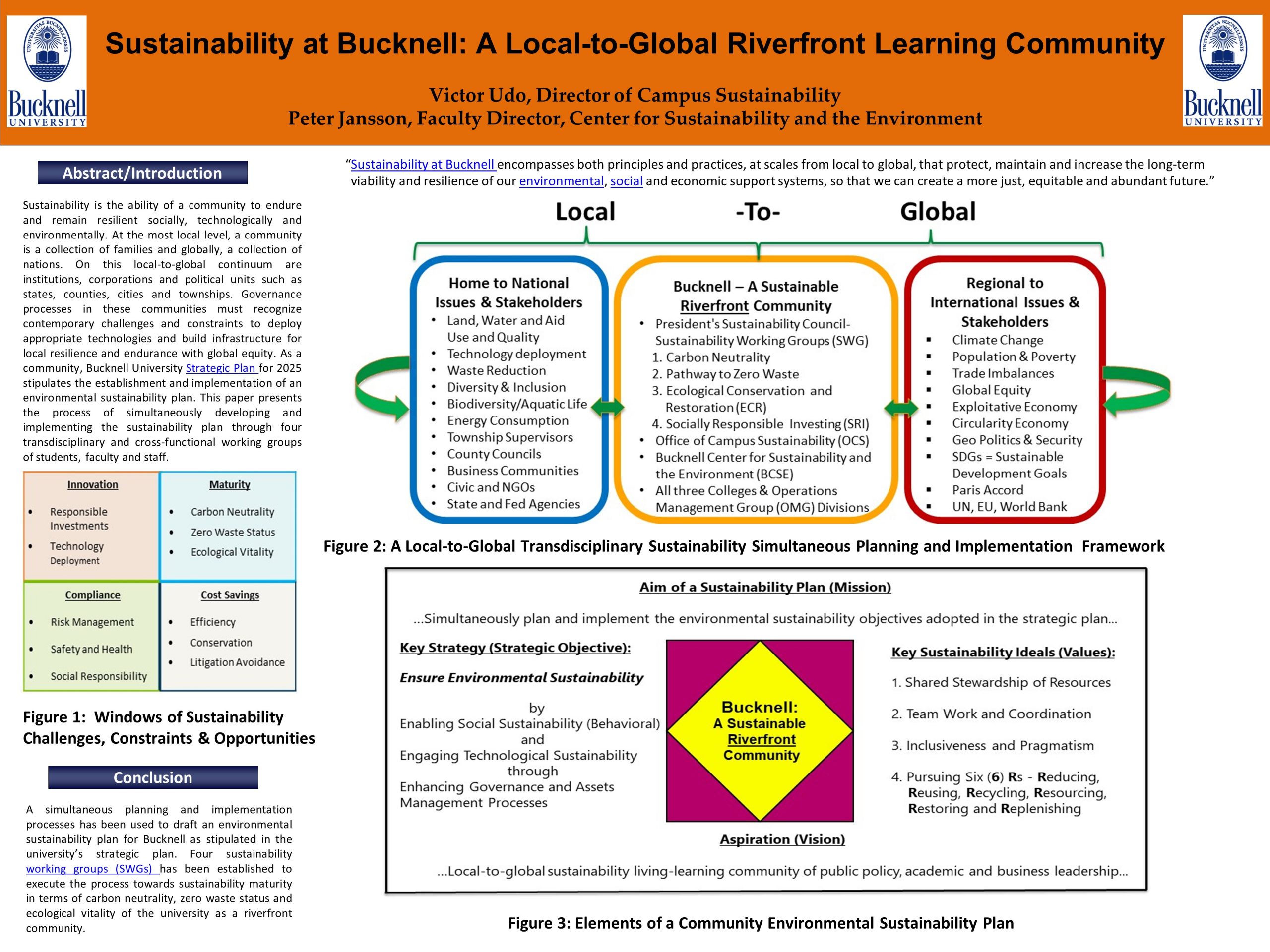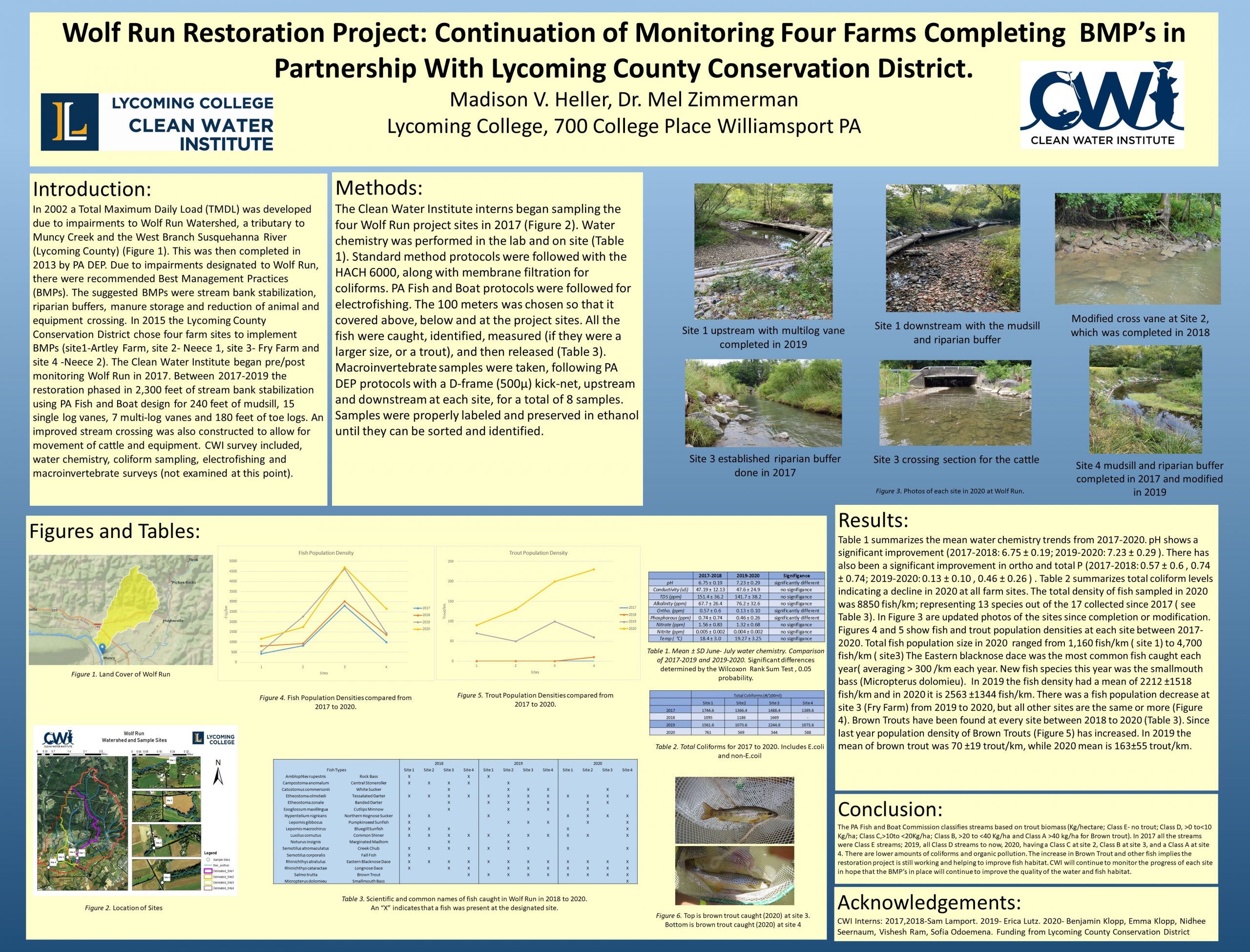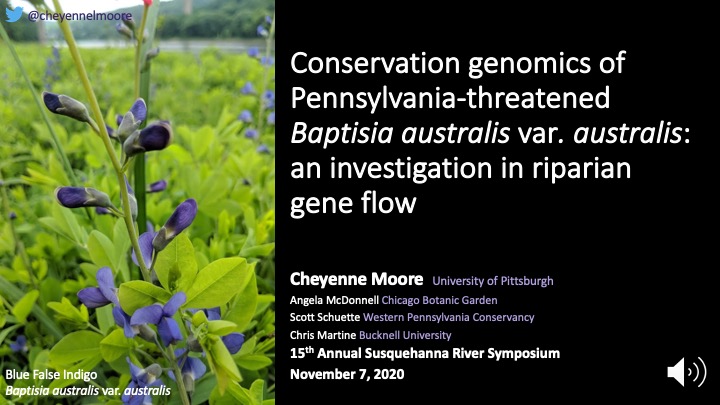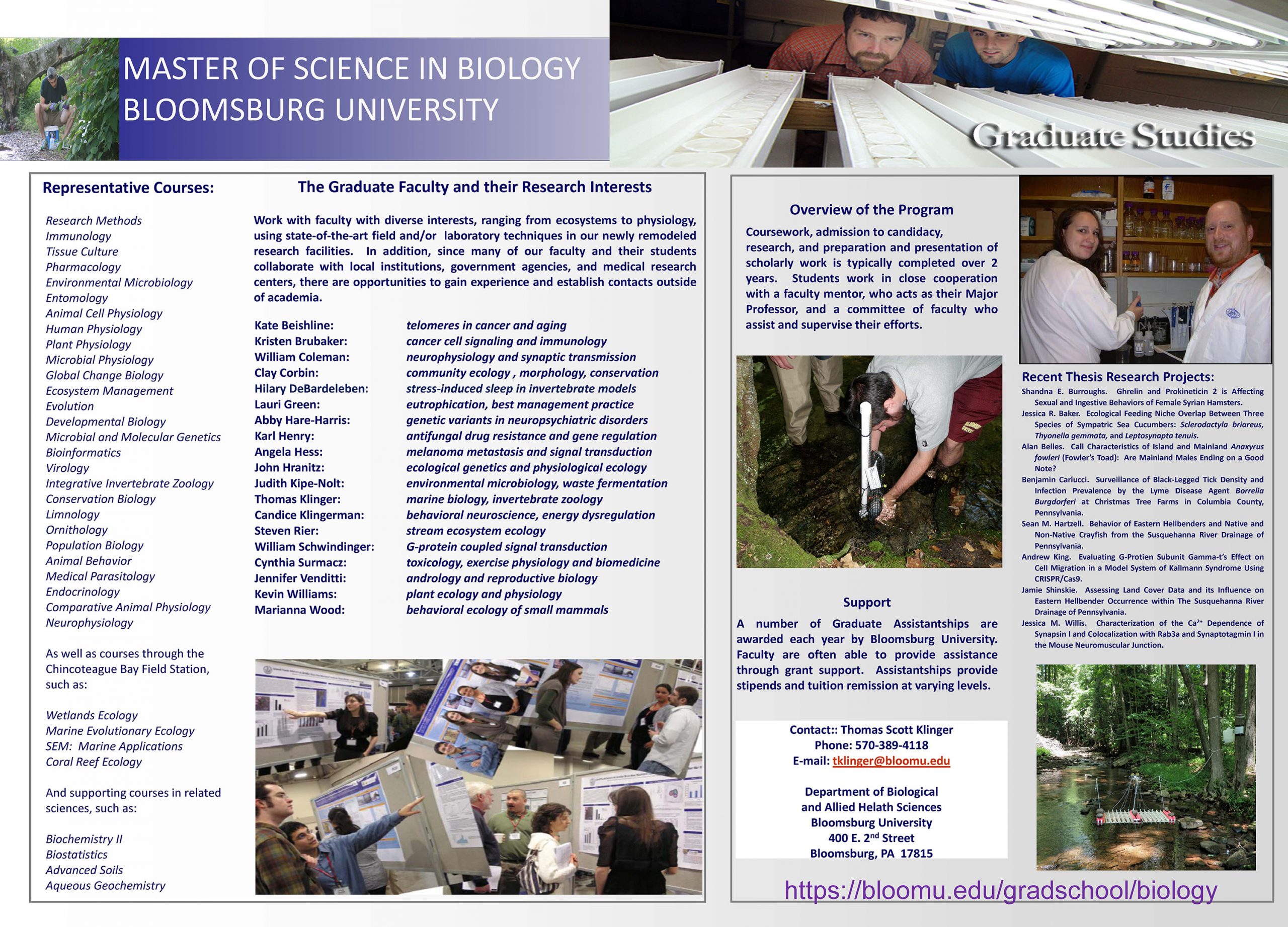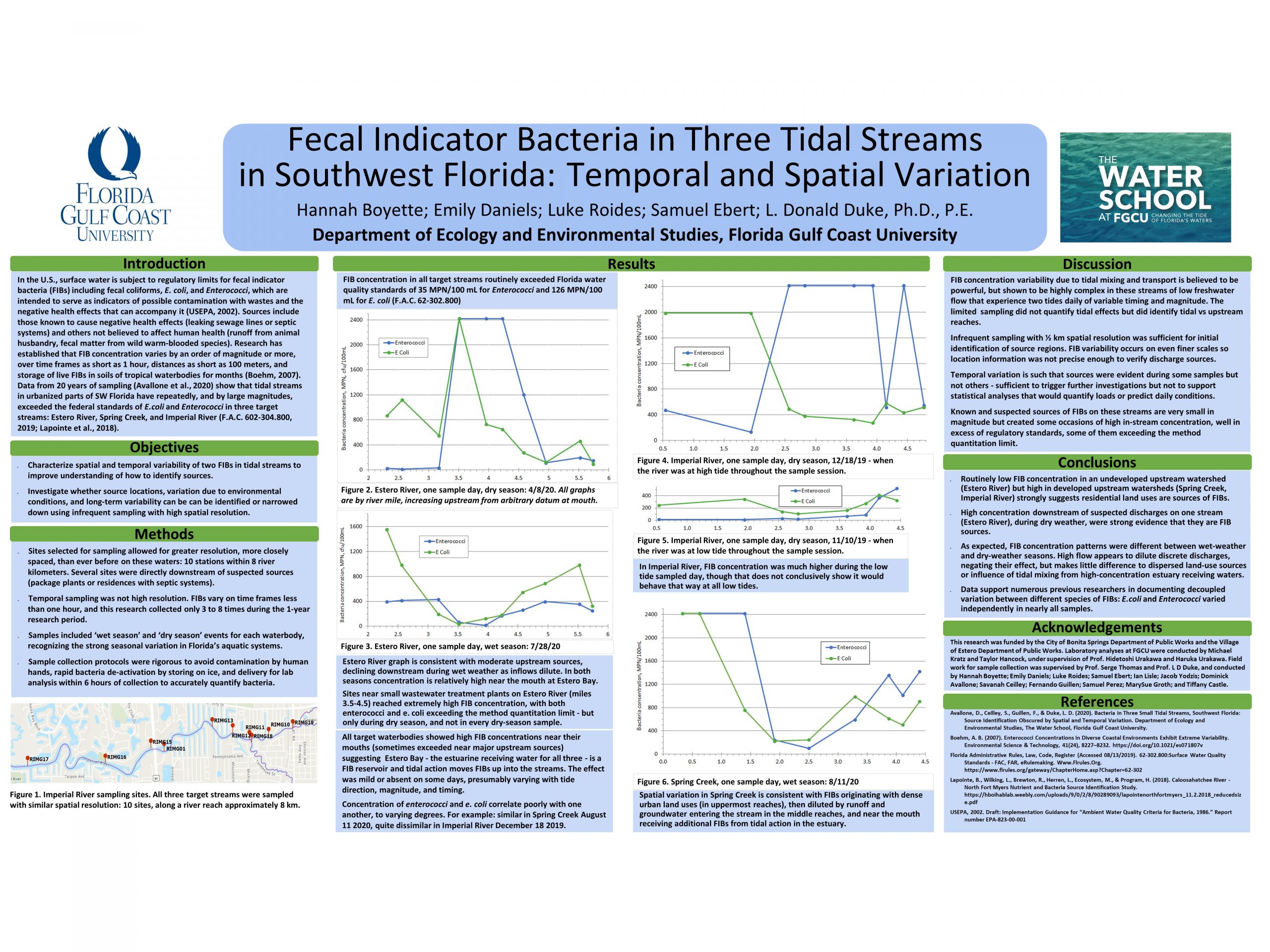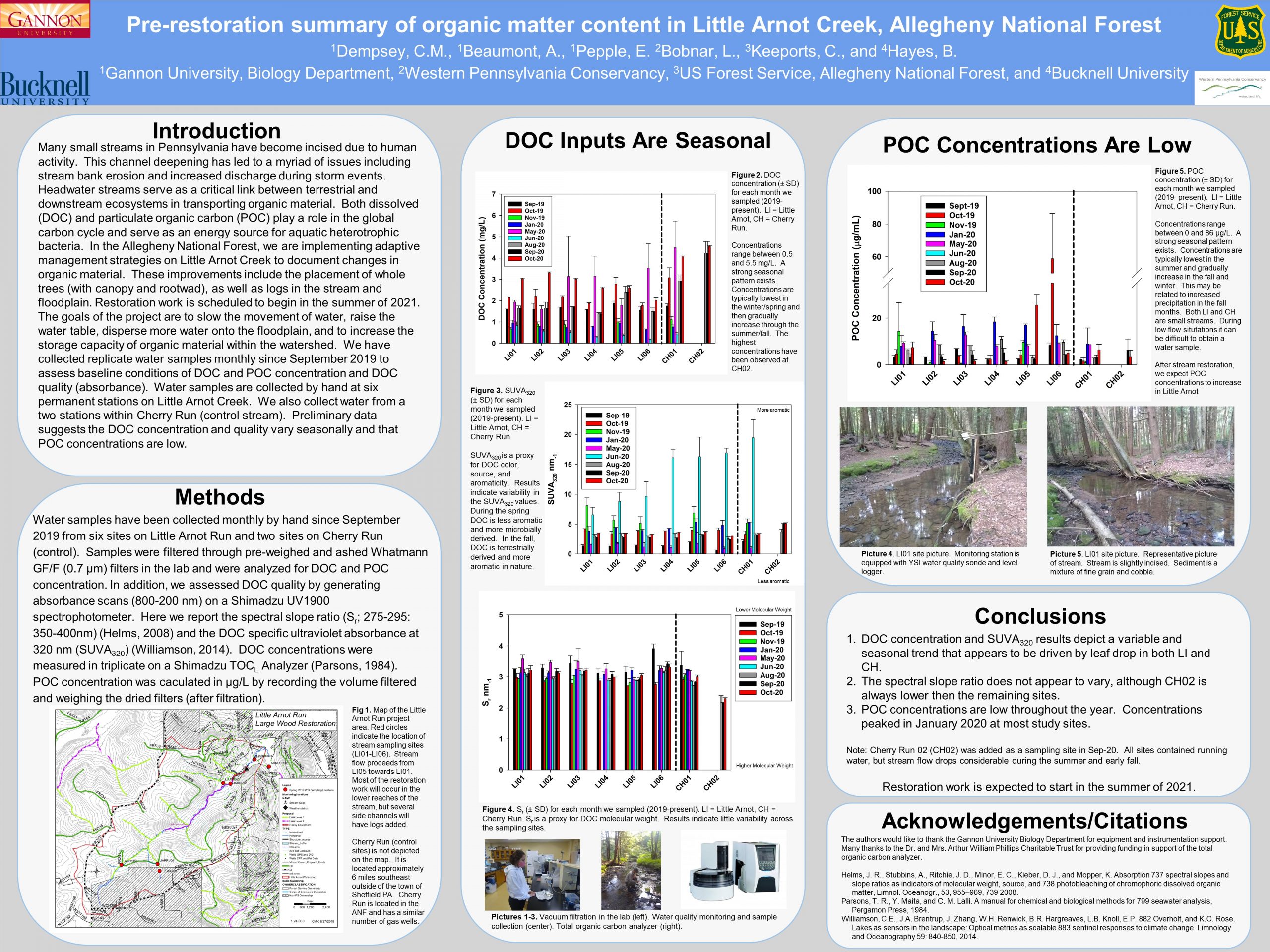Leveraging the Bucknell Green Fund for a more Sustainable Kinney Natatorium
Stephen P. Durfee
Campus Energy Manager/MSUS ‘21
2020 Susquehanna River Symposium
Bucknell University
Abstract
The Bucknell Green Fund is a revolving loan fund that pays for campus sustainability projects that have economic, environmental and social benefit. The annual cost savings associated with the reduction in resource consumption, revolve back into the Green Fund each year for 10 years, thus making the fund a self-sustaining mechanism to drive sustainability on campus.
Kinney Natatorium is a top rated, high quality, olympic size swimming and diving facility for NCAA division 1 athletes and regional high school competitions. Natatorium operations create a significant environmental footprint as they are intense consumers of energy, used to maintain water and air quality and clarity, 24/7. Additionally, precious, potable water must be continuously consumed and chemically treated and discharged to the municipal wastewater plant for treatment and eventual discharge into the Susquehanna river.
The intent of this abstract is to highlight a demonstration of three Green Fund projects that support triple bottom line facilities management, advancing sustainability at Bucknell University:
Activated glass pool filter media project: superior to sand as a water filtering media, resulting in premium water quality and clarity, lower chloramine levels for swimmers, 50% reduction in chlorine usage and 300,000 gal/yr water savings due to less filter backwashing required.
Sump pump project: a portable pump was regularly used to draw groundwater from beneath the pool floor and sent to the sewer (reducing hydraulic pressure). A permanent pumping system was installed and piped to fill the pool, thus reducing potable water usage by 230,000 gal/yr.
Air quality controls system upgrade: three very large air handlers that heat, cool, ventilate and dehumidify Kinney Natatorium were retrofitted with fan motor VSD’s and a new digital controls system allowing for a synchronous and optimal energy efficient equipment operation, ensuring better, proper pool water evaporation rates, extension of equipment life and an overall better air quality for occupants.
